Ethiopia
The Bobo Shanti church is one of four chapels in Shashamane which is about 225 kilometres South from Ethiopia’s capital Addis Ababa.
Each day, a devotion is led for the Rastafarian community.
Paul Phang is the spiritual leader of this community. The Jamaican has settled in Ethiopia in 1991.
“A lion born in the enclosure of crocodiles is still a lion. I reincarnated in Jamaica, but my roots are in Africa. I come from Ethiopia. I am Ethiopian. Being here over 24 years I have been working with the administration so that we can stabilize ourselves within Shashamene,” Phang said to Africanews.
Since the arrival of the first Rastafarians in Ethiopia over half a century ago, today there are up to 800 Rastafarians.
To understand their presence here and why the view Ethiopia as a place of pilgrimage, it is necessary to visit the headquarters of the international federation, the political wing of the Rastas .
Speaking to Africanews, Reuben Kush said, “In 1948, 500 hectares of land was given to the organisation for the assistance by his Emperor Haile Selassie so that black people could come home, grow and build a community.”
Many Rastafarians living in Shashamane believe they are fulfilling a prophecy that descendants of slaves will return to Africa.
Most of them have no legal papers and are barred from calamining citizenship in Africa’s second most populous country. Despite this, believers keep coming to Shashamene.
Alex Renia is a French Caribbean origin. He arrived here in 2005.
“The Rasta community has always been minority. It is a very small community. So is it is a danger today for Ethiopians or the Government? It is perhaps a little subversive since we Rasta, it relates to the Emperor, who represents the former regime. It attaches to a monarch that the world considers died… and we affirm that he is alive,” Renia said.
67 years later and despite the obstacles, the flag of those uprooted continues to fly high in Shashamene.



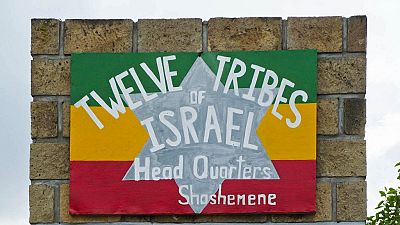

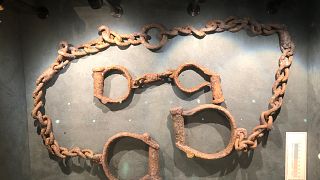
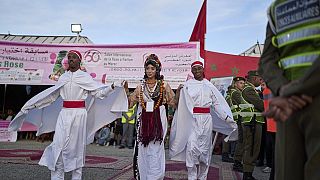


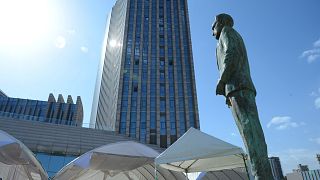
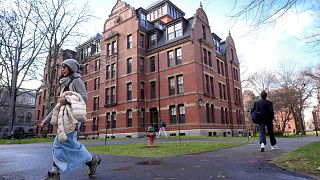
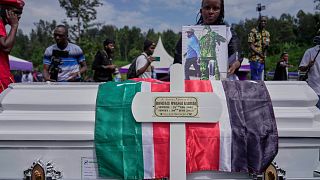
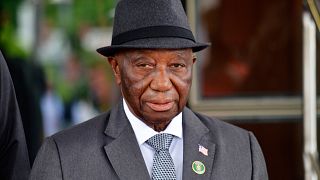
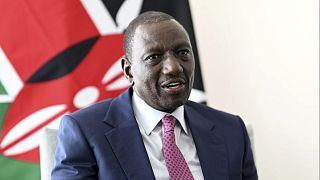
01:13
China and Ethiopia reaffirm alliance at meeting on sidelies of BRICS summit
02:20
In Brazil, knights and masked riders take to a football pitch for religious festival
02:19
Zimbabwean, European artists collaborate on climate, sustainability
Go to video
New museum in Rotterdam looks at migration through the lens of art
02:20
Art transcends borders and differences at show in Tangier